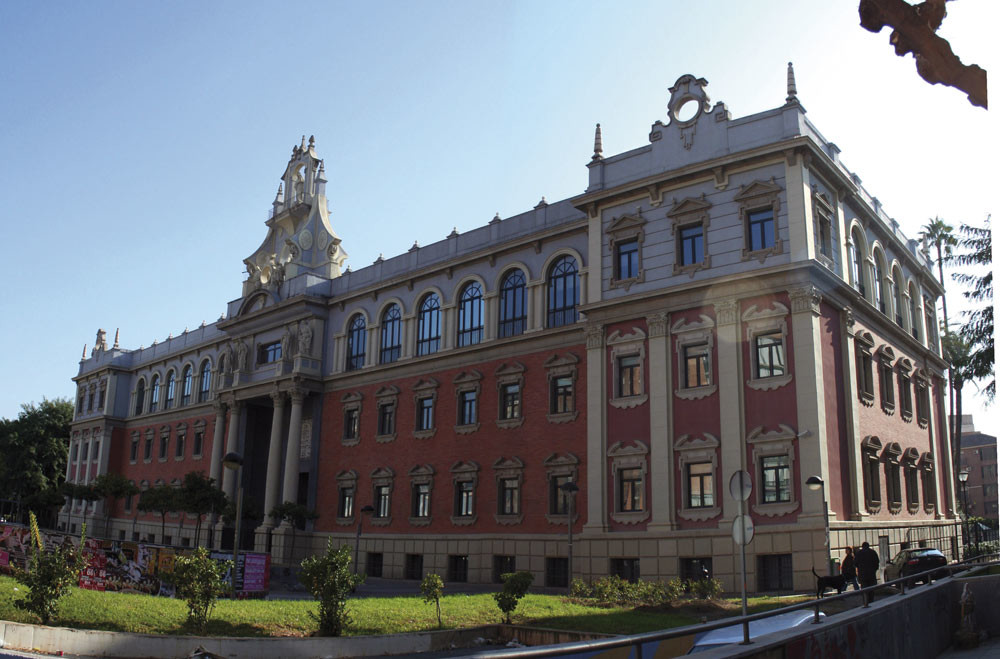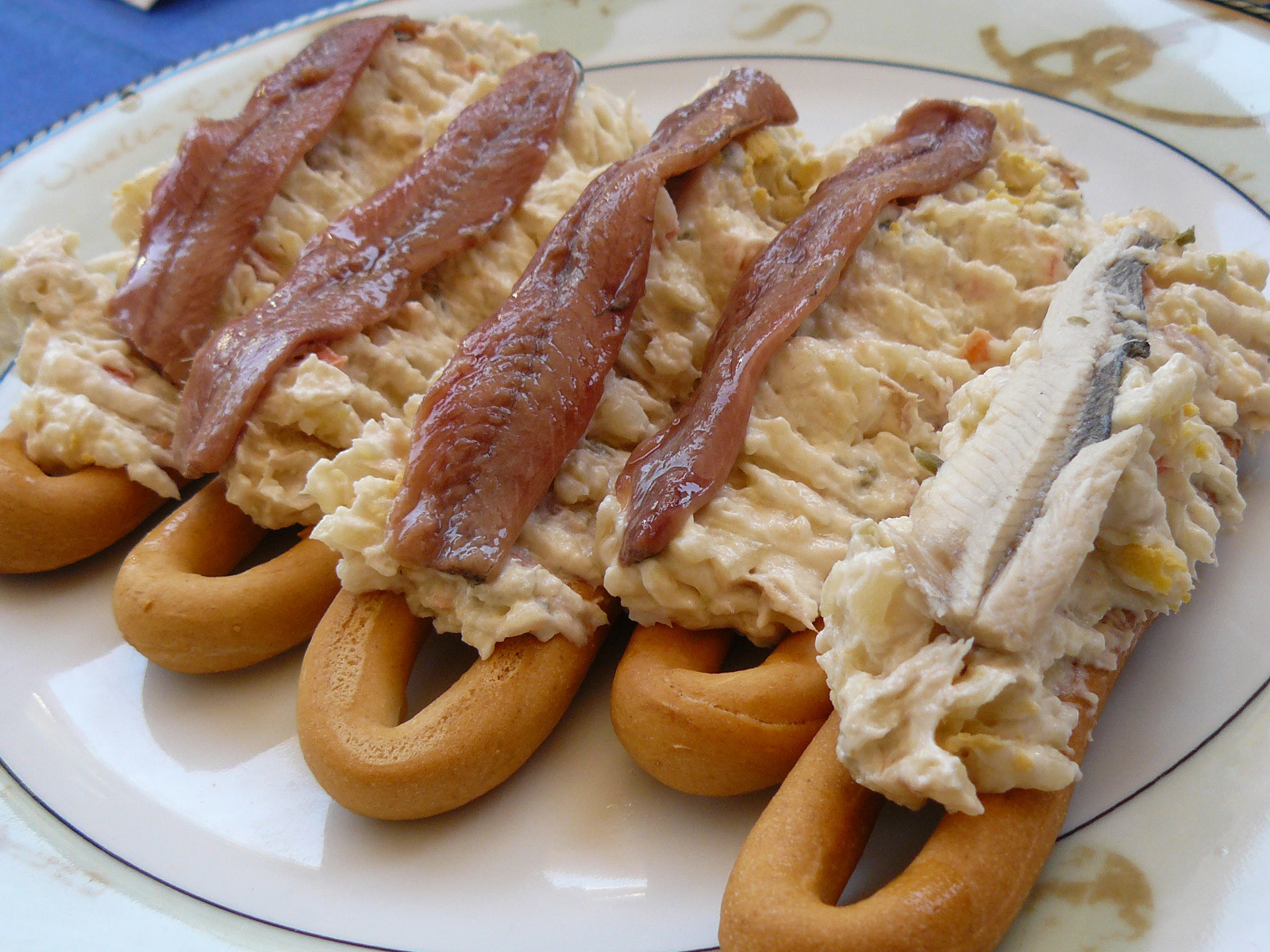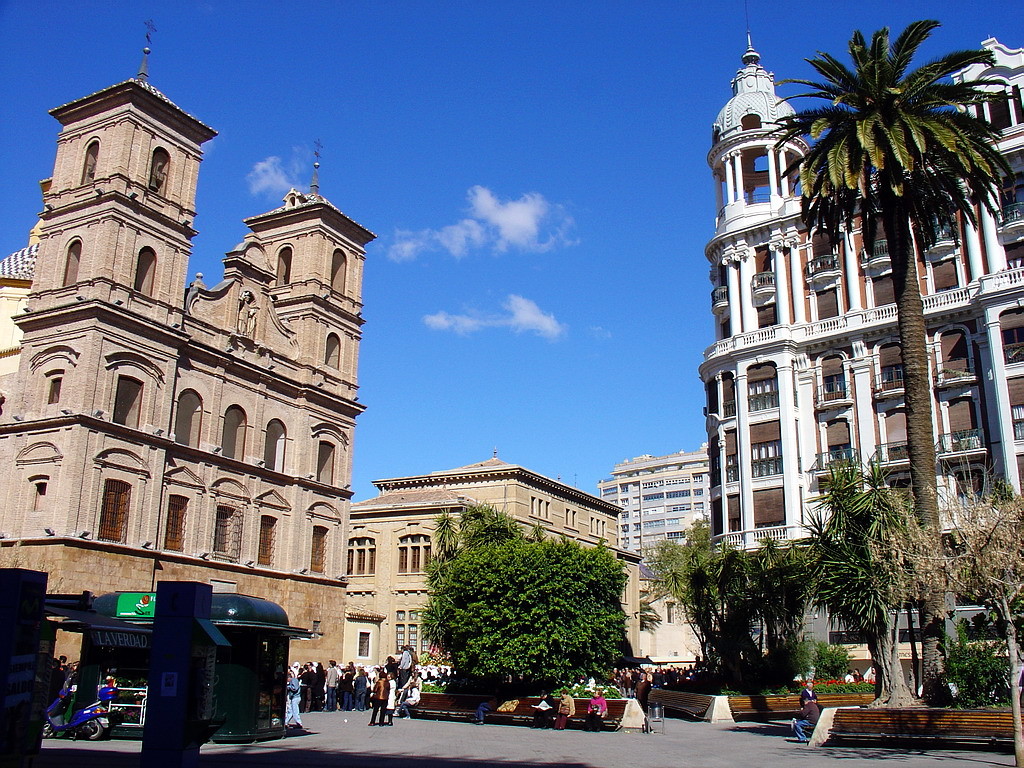Experience in Murcia, Spain by Maria del Pilar
What is it like to live in Murcia? Would you recommend it? What is the city like?
It's a medium sized city which makes it really easy to live in, you can get around on foot but there are public buses and tram networks. The city has rail connections with the Murcia coast and with Alicante as well as Madrid. The airport is about 40 minutes away. The weather is lovely, the winters are mild and the summers are hot, something that the majority of visitors really enjoy. The beaches are around 40 kilometres away from the city centre. In the city, you can go kayaking on the Segura river.

What is student life like in Murcia?
It's a university city so the student environment is very well developed. There are public libraries with long opening hours so you can study in the city as well as on campus. There are a lot of things to do with your free time. Thursday is typically the day students students go out. That day of the week no where in the "fiestódromo" on the Espinardo university campus, closes before the early hours of the morning. There's music and paella and when night falls the places for drinking and clubbing put on different events in the most popular venues. On the other days and especially at the weekend, there's still a lot going on in the "Las Tascas", "Atalayas" or "Mariano Rojas" areas. There are cinemas, theatres, auditoriums and sports centres to suit all tastes. There are bars with different atmospheres, ones with discussion groups for literature, ones for ecology, ones with small concerts, ones for bikers... There's a lot of different food on offer. You can find chains, usually fast food ones, or inns that serve traditional Murcian food. There's fine dining and international cuisine, too, of course.

How much does it cost to live in Murcia?
It's not an especially expensive city, especially compared to other cities in Europe, even other cities in Spain. You can find a room in a shared flat for about €120-150 a month plus bills. Food shopping is affordable and you can do it in national and international chain supermarkets at a reasonable price. For transport, there are passes you can get that make your journeys cheaper.
Was it difficult to find accommodation in Murcia? Do you have any advice?
It's not very hard, there's quite a lot on offer. The university has an online notice board where accommodation is advertised. There's also the town hall's young people's web page (www.informajoven.org), there are web pages that specialise in renting out housing online, traditional agencies and, of course, the physical notice boards in the university's different faculties, libraries and study centres.

What is the food like there? What are your favourite dishes?
The food is good and is varied. In Murcia, they have traditional dishes that are made with the vegetables from "la Huerta Murciana" (the Murcian vegetable garden), such as Zarangollo (with courgette), Murcian salad (tomato, onion, tuna... ), cream filled aubergine, various kinds of pisto (dish with tomatoes, onions, eggplant or courgettes, green and red peppers and olive oil) empanadas and empanadillas, etc. A very common dish which is handy for eating on the go, in the street or when you're in a hurry is the "pastel de carne murciano" (Murcian meat pie), it's puff pastry with minced meat inside. Of course, there's a lot of different rice dishes, for example the vegetable paella, the paella costillejas or "arroz y conejo" (rice and rabbit) which can be done with or without snails, too. Also, you can get seafood paella, chicken paella or "caldero" which is a fish rice that is very common on the coast.
If it rains, it's tradition to eat "migas", which is a filling dish (made of bits of bread or little balls of flour) that's eaten with bits of fried meat and some kind of vegetable, like garlic cloves or fried peppers. Of course, they do good oven roasted lamb and potatoes there. You have a lot of fish and seafood and you can get salt or garlic sea bream or sea bass on any menu. As a starter, they eat a lot of octopus and cuttlefish there. A very traditional dish is las marineras (a bread-stick ring with Russian salad and anchovy).

Where would you recommend to visit in Murcia?
You have to visit the Cathedral which has styles from the Renaissance to the neoclassical era, the flamboyant Gothic style of the Los Vélez chapel or the Baroque jewel that is its façade. It's interesting to visit the Casino, in the middle of the calle Trapería, with its spectacular rooms and patios. There's also the Salzillo museum with its Holy Week imagery and its nativity scene. There's contemporary architecture to be seen, like the bridges over the Segura river by the architects Manterola y Calatrava or the Moneo building facing the cathedral. There are museums, churches, ruins of the defensive wall, parks and palaces.

And to eat in Murcia? What were some of your favourite places to go?
There's fast food round every corner. You're much better off, however, going into any bar or inn and asking for some you can see behind the counter like tapas de pulpo (octopus), sepia (cuttlefish), olivas (olives) patatas asadas (roast potatoes), alioli (sauce made with garlic and olive oil), boquerones en vinagre (pickled anchovies), marineras, matrimonios, plain empanadillas or with Russian salad inside, meat pies, cold cheese boards, sobrasada (Majorcan pork sausage) with longaniza (long, spicy pork sausage) and cheese, morcillas (blood sausage),... For dessert, there's paparajotes (a very typical dish, lemon tree leaves covered in dough, fried and dusted with sugar). There's also monas, "tortas de recao", tonics... There are thousands of places, it's best to wander around or go for the nearest place. There are good places on the plaza de Flores and Santo Domingo, as well as on Platería and Trapería street, Plaza del Belluga, Plaza del Romea...
Where would you recommend to go on a night out in Murcia?
First, find out about the parties put on by the university faculties or the welcome or farewell Erasmus parties, etc. In this case, you should "go with the flow"... If there's nothing special on (rarely the case), go out in the las Tascas area, which surrounds the Merced University campus and have dinner there. Stay there for some drinks and after 2 A. M. go ahead to the Atalayas area or later to Mariano Rojas. In all of these places, there is somewhere to suit anyone's taste.
Don't miss la Semana Santa (Holy Week), it's religious and irreverent at the same time, members of the brotherhood give out sweets and things to the people attending. Then, the week after, the Fiestas de Primavera (Spring Festival) takes place, with the incomparable Bando de la Huerta, during which everyone comes dressed in traditional costumes. You eat and drink in the streets and the young people end up in Atalayas or in the Huertana zone at the bull ring, dancing and drinking... The festival ends with the Entierro de la Sardina (The Burial of the Sardine) where thousands of toys are given to the spectators. In May, they celebrate the SOS 4. 8 festival, an international art and music festival. In September, there's the Moors and Christians celebration, with parades and shows set in medieval times. There are medieval fairs and bars in the Los Huertos area, in the Paseo del Malecón, next to the Segura river.

Do you have any advice for future students in Murcia?
You can visit other parts of the region nearby (day trips) to enjoy the natural beauty, like in the sierras del Noroeste (Northwest mountains), you can go rafting on the Segura and visit places such as caves with cave paintings, archaeological sites like Mediana Siyasa, see ethnography in Lorca, the national museum of sub-aquatic archaeology in Cartagena. There are mines you can visit, there's the Isaac Peral's first submarine, the San Pedro salt flats, coastal mountains, you can enjoy hiking, wine tours in Jumilla, Yecla and Bullas, and much more.
Photo gallery
Content available in other languages
Share your Erasmus Experience in Murcia!
If you know Murcia as native, traveler or as exchange student... share your opinion on Murcia! Rate different characteristics and share your experience.
Add experience →





















Comments (0 comments)